The Crucial Role of Gears in Machinery Operations
In the intricate world of mechanical engineering, gears are the unsung heroes that keep countless machines running smoothly. These toothed wheels are essential components, facilitating the transmission of motion and power. From the robust drive gears that initiate movement to the specialized corn machine gear and returning machine gear designed for specific agricultural equipment, and the complex gearbox assembly that houses multiple gears, as well as the highly precise high precision gear used in demanding applications, each type plays a vital part in different machinery systems.
The Function and Significance of Drive Gears
Drive gears are often the starting point for power transmission in a mechanical system. They are connected to the power source, such as an engine or a motor, and transfer rotational energy to other components. In automotive engines, for example, drive gears mesh with other gears to convert the high - speed, low - torque output of the engine into the low - speed, high - torque necessary to drive the wheels. Their design, including the number of teeth, tooth profile, and material, is carefully engineered to withstand the high forces and speeds involved. A well - designed drive gear ensures efficient power transfer, minimizing energy loss and reducing wear and tear on the entire system. This not only improves the performance of the machinery but also extends its lifespan.
Specialized Gears for Agricultural Machinery
Corn Machine Gears
In the agricultural sector, corn machine gear is crucial for the operation of equipment used in corn cultivation and harvesting. Corn harvesters, for instance, rely on these gears to drive various components, such as the cutting blades, conveyors, and threshers. These gears need to be durable enough to withstand the rigors of working in the field, often in dusty, dirty, and wet conditions. They are typically made from high - strength materials like alloy steels, which offer excellent resistance to abrasion and fatigue. The precise tooth geometry of corn machine gear ensures smooth and consistent operation, enabling the efficient harvesting of large quantities of corn. Any malfunction or wear in these gears can lead to reduced productivity and costly breakdowns during the critical harvest season.
Returning Machine Gears
Returning machine gear is another specialized type used in agricultural machinery, especially in equipment that involves the return or recycling of materials. For example, in machines that return crop residues to the soil for composting or mulching, these gears play a key role in powering the mechanisms that collect, shred, and distribute the residues. They must be able to handle the variable loads and stresses associated with processing different types of crop materials. Similar to corn machine gears, returning machine gears are designed with durability in mind. Their construction often includes heat - treatment processes to enhance their hardness and strength, ensuring reliable operation over extended periods of use in the demanding agricultural environment.
The Complexity and Importance of Gearbox Assembly
A gearbox assembly is a self - contained unit that houses multiple gears and other components, such as shafts, bearings, and seals. It serves as a central hub for power transmission and speed - torque conversion in machinery. The gears within a gearbox are carefully arranged and meshed to achieve the desired output characteristics. In industrial machinery, for example, a gearbox assembly may be used to increase or decrease the rotational speed of a motor while adjusting the torque accordingly. The design of a gearbox assembly involves considerations of factors like gear ratio, load capacity, and efficiency. Proper lubrication and sealing are also critical to prevent the ingress of contaminants and ensure the smooth operation of the gears. A well - engineered gearbox assembly can significantly enhance the performance and reliability of the machinery it is installed in, making it an indispensable component in many mechanical systems.
High Precision Gears: Meeting Stringent Requirements
High precision gear is essential in applications where accuracy and reliability are of utmost importance. In industries such as aerospace, robotics, and precision manufacturing, these gears are used to transmit motion with extremely tight tolerances. The manufacturing process for high - precision gears is highly specialized, involving advanced machining techniques and rigorous quality control measures. The tooth profile of a high - precision gear is crafted with extreme precision to ensure smooth meshing and minimal backlash, which is the small amount of play between meshed gears. Even the slightest deviation in the gear's dimensions can lead to significant performance issues in high - precision applications. Materials used for high - precision gears are often carefully selected for their high strength, low thermal expansion, and excellent dimensional stability. This allows the gears to maintain their accuracy and performance under a wide range of operating conditions, making them crucial for the proper functioning of high - tech machinery.
Gear - Related FAQs
How to Select the Right Drive Gears for a Machine?
Selecting the appropriate drive gears involves considering several factors. First, determine the power requirements of the machine, including the torque and speed needed at the output. Then, choose a gear material that can withstand the expected loads and environmental conditions. The gear ratio, which is the ratio of the number of teeth on the driving gear to the driven gear, also needs to be calculated based on the desired speed and torque conversion. Additionally, factors such as the type of application (e.g., continuous operation, intermittent use), noise requirements, and space constraints within the machine should be taken into account. Consulting with gear manufacturers or referring to industry standards and guidelines can also help in making an informed decision.
What Maintenance is Required for Gearbox Assemblies?
Regular maintenance of gearbox assembly is essential to ensure its long - term reliability. This includes checking the lubricant level and quality regularly and changing the lubricant according to the manufacturer's recommendations. Inspecting the gears for signs of wear, such as tooth breakage, pitting, or excessive clearance, is also crucial. Any abnormal noise or vibration during operation should be investigated immediately, as it may indicate a problem with the gears or other components within the gearbox. Additionally, the seals and gaskets should be inspected for leaks, and the bolts and fasteners should be tightened to prevent loosening over time. Following a comprehensive maintenance schedule can help detect and address issues early, preventing costly breakdowns and extending the lifespan of the gearbox assembly.
How are High Precision Gears Manufactured?
The manufacturing of high precision gear involves multiple steps. It typically starts with the selection of high - quality raw materials, which are then cut and shaped into the basic gear blank using processes like turning and milling. Next, the gear teeth are formed through processes such as hobbing, shaping, or broaching, which require high - precision machine tools. After the teeth are formed, the gears may undergo heat - treatment processes to enhance their hardness and strength. Finally, the gears are subjected to precision grinding and lapping operations to achieve the tight tolerances required for high - precision applications. Throughout the manufacturing process, extensive quality control checks are performed using advanced measuring instruments to ensure that the gears meet the strict dimensional and performance specifications.
Can Corn Machine Gears and Returning Machine Gears be Interchanged?
In general, corn machine gear and returning machine gear are not interchangeable. These gears are designed specifically for the unique requirements of their respective machinery. The tooth profiles, gear ratios, and load - bearing capacities of corn machine gears are optimized for the functions of corn - related equipment, while returning machine gears are tailored to handle the tasks associated with material return. Interchanging them could lead to improper operation, reduced efficiency, and potential damage to the machinery. Each gear is engineered to work in harmony with the other components of its specific machine, and substituting one for the other would disrupt this carefully designed system.
What are the Common Causes of Gear Failure?
Common causes of gear failure include excessive load, which can cause tooth breakage or plastic deformation; improper lubrication, leading to increased friction and wear; contamination, such as dirt or debris entering the gear system, which can cause abrasion; and fatigue, resulting from repeated stress cycles over time. Inadequate design or manufacturing errors, such as incorrect tooth profiles or dimensional inaccuracies, can also contribute to gear failure. Additionally, operating the gears at temperatures outside their recommended range or subjecting them to sudden impacts can accelerate wear and lead to premature failure. Identifying and addressing these potential causes through proper design, maintenance, and operation can help prevent gear failures and ensure the smooth running of machinery.
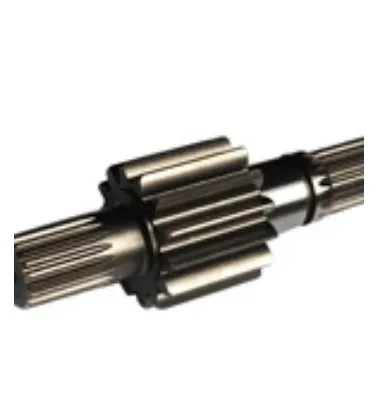
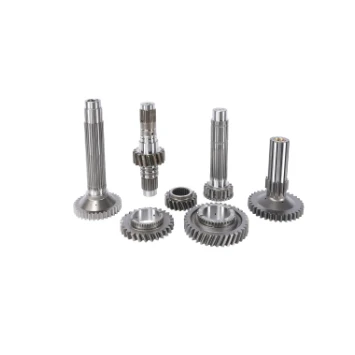
The agricultural and industrial machinery sector is experiencing remarkable growth, and at the heart of this expansion lies the trade and supply of tractors.
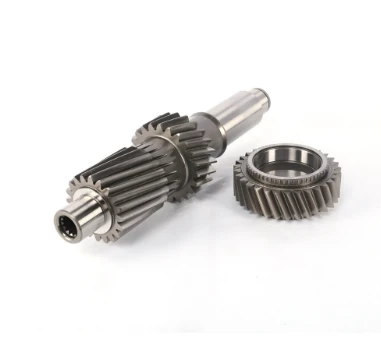
In the world of heavy - duty construction, the seamless operation of machinery is crucial for large - scale projects.
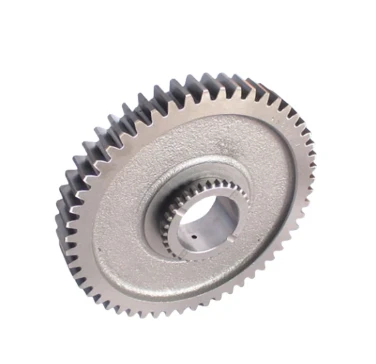
The world of tractors is vast and varied, catering to both practical agricultural needs and the passionate interests of collectors.
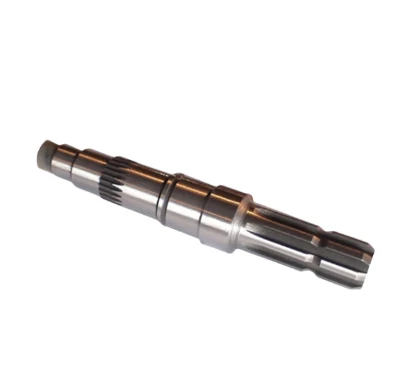
The agricultural and construction machinery landscape is constantly evolving, with tractors standing as essential workhorses for a variety of tasks.
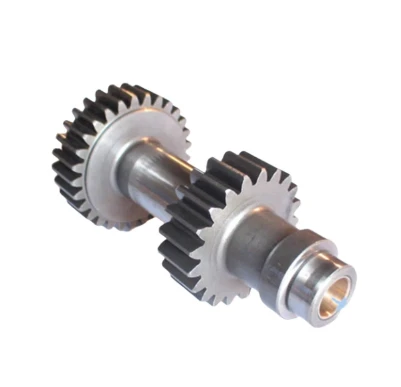
In the intricate world of mechanical engineering, gears are fundamental components that enable the seamless transfer and manipulation of power.
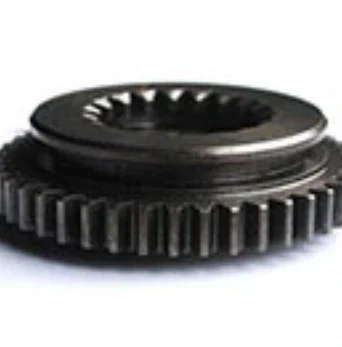
The market for tractors is a bustling hub, catering to a wide range of needs from large - scale farming operations to small - scale gardening projects.
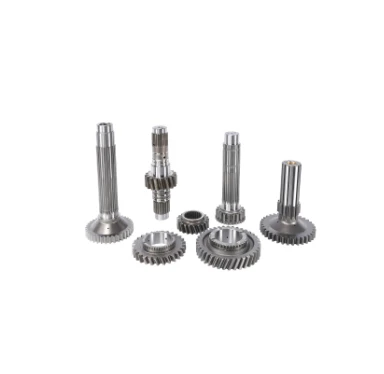
In the dynamic world of farming, machinery has become an essential part of efficient and productive operations.
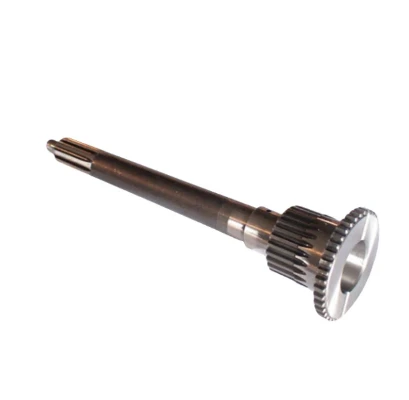
In the expansive realm of agriculture, various tools and machines play crucial roles in ensuring efficient crop production and overall farm management.
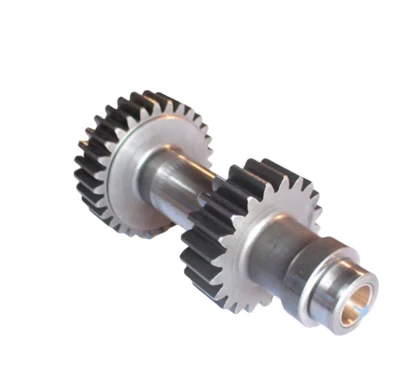
Tractors are essential workhorses in the agricultural and construction sectors, playing a pivotal role in a wide range of tasks.
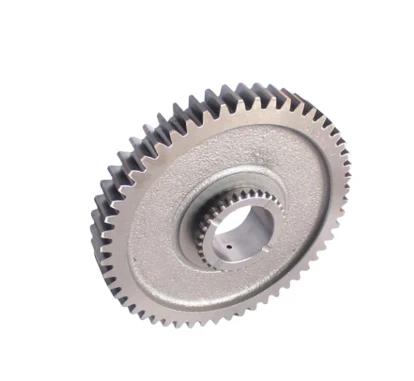
The agricultural and construction sectors rely heavily on tractors for their operations, and the entities involved in the production, distribution, and pricing of these machines shape the industry's trajectory.
International layout
Spread all over the world
our products are exported to various parts of the world. Currently, our products have been exported to more than 40 countries Our products cover Asia, Europe, Africa, South America, North America, and Oceania
Sign up
for Newsletter
Subscribe to the weekly newsletter for all the latest updates







